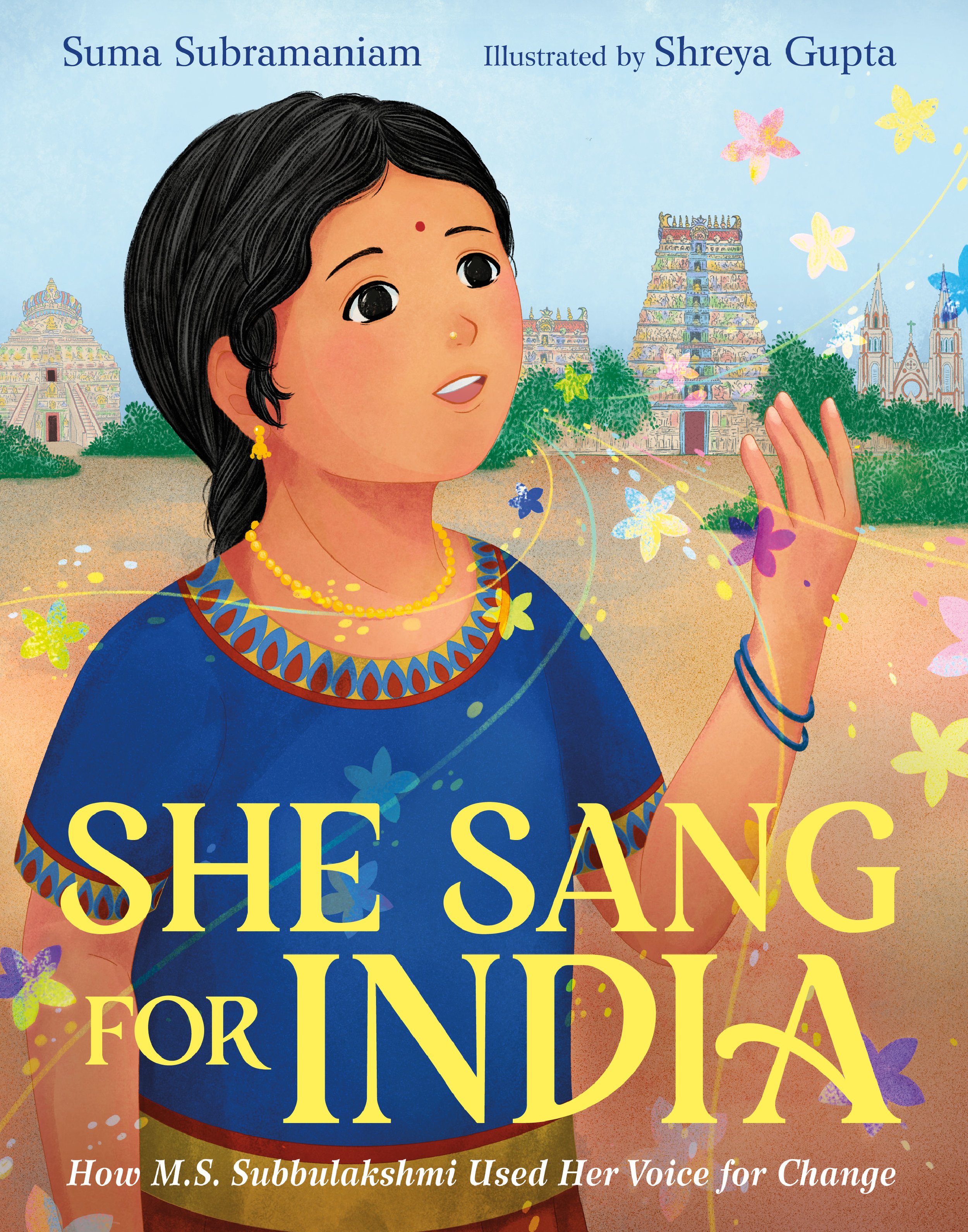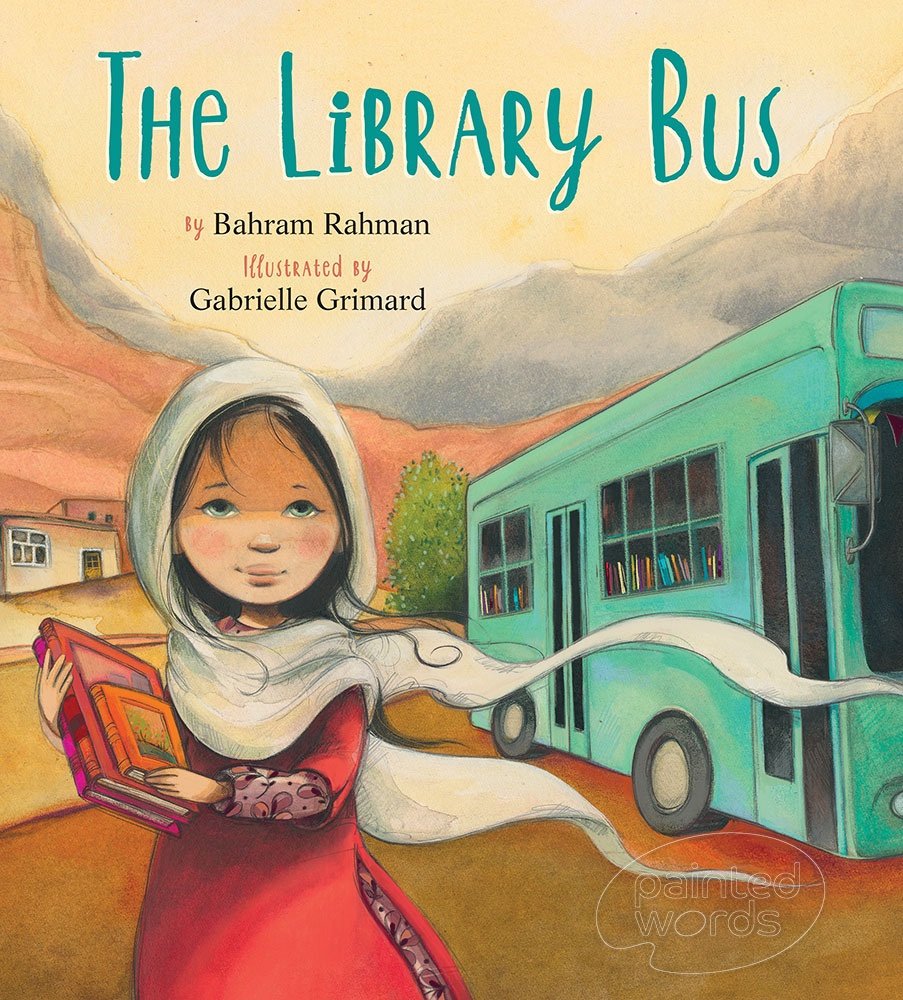
Writing With a Broken Tusk
Writing With a Broken Tusk began in 2006 as a blog about overlapping geographies, personal and real-world, and writing books for children. The blog name refers to the mythical pact made between the poet Vyaasa and the Hindu elephant headed god Ganesha who was his scribe during the composition of the Mahabharata. It also refers to my second published book, edited by the generous and brilliant Diantha Thorpe of Linnet Books/The Shoe String Press, published in 1996, acquired and republished by August House and still miraculously in print.
Since March, writer and former student Jen Breach has helped me manage guest posts and Process Talk pieces on this blog. They have lined up and conducted author/illustrator interviews and invited and coordinated guest posts. That support has helped me get through weeks when I’ve been in edit-copyedit-proofing mode, and it’s also introduced me to writers and books I might not have found otherwise. Our overlapping interests have led to posts for which I might not have had the time or attention-span. It’s the beauty of shared circles—Venn diagrams, anyone?



Looking the Tiger in the Eye
The Great Derangement: Climate Change and the Unthinkable was Amitav Ghosh’s first book of nonfiction after his marvellous travel memoir and quest to unpack history, In an Antique Land (1992).
The opening chapter contains this passage on the Sundarbans, that mangrove forest region where three rivers run into the Bay of Bengal:
The Sundarbans are nothing like the forests that usually figure in literature. The greenery is dense, tangled, and low; canopy is not above but around you, constantly clawing at your skin and your clothes. No breeze can enter the thickets of this forest; when the air stirs at all it is because of the buzzing of flies and other insects. Underfoot, instead of a carpet of softly decaying foliage, there is a bank of slippery, knee-deep mud, perforated by the sharp points that protrude from mangroves roots. Nor do any vistas present themselves except when you are on one of the hundreds of creeks and channels that wind through the landscape—and even then it is the water alone that opens itself; the forest withdraws behind its muddy ramparts, disclosing nothing.
That description transports me there, forces me to care when it would be so much easier to back away from the book’s big questions.

Growing into a Name
In The Boy Who Tried to Shrink His Name, Malayali-Australian writer Sandhya Parappukkaran endows her protagonist with the long, long name promised by the title. The name is “long like shoelaces that always come undone,” says the boy. “It trips me up every morning.”

How Else Can We Think About Migration?
In her book, Resident Foreigners: A Philosophy of Migration, Italian professor Donatella Di Cesare questions the idea of the exclusionary state. She asks, is migration not a fundamental human right? Are we not all temporary guests—tenants, in fact—on this only earth of ours? What purpose, then—whose purpose—do borders serve?

Guest Post: Suma Subramaniam on Namaste is a Greeting
Honoring the Good by Suma Subramaniam
The objective of Namaste is a Greeting is to understand the meaning of the word “Namaste” and the value it can bring when it’s spoken verbally and expressed non-verbally. Namaste in Sanskrit is a combination of two words—namah, meaning “bow,” and te, meaning “to you.” Therefore, namaste is a greeting that means “I bow to you.”

Whimsy and Loss in Bone Dog by Eric Rohmann
Confession. I am not a lover of dogs. I accept that humans have domesticated them for eons, but I’m not a fan of slobber and the wagging tail holds few charms for me.
Even so, here’s one dog picture book that I found purely enchanting.

Guest post: Suma Subramaniam on She Sang for India
From Suma Subramaniam: When I started writing about M.S. Subbulakshmi, I had it in my head that this wasn’t going to be an arduous task. Her story was all over the internet. It wouldn’t take much effort because she was famous, well-respected, and well-known among people from India and the diaspora.
By the time I finished the draft, I learned how fallible I was. Every book presents its challenges, and this project wasn’t short of that.

Guest Post: Sara Greenwood on My Brother is Away
In My Brother is Away, a young girl speaks her truth about her relationship with her brother, which has been fractured by his incarceration and its impact on family and community.

Fly With Me Kite Festival
On August 20th this year, people in more than 30 cities across the U.K., Europe and the U.S. participated in a kite festival to mark one year since Afghanistan fell to the Taliban. In truth, “fall” may not be the best way to put it. The story is so much more complicated than such shorthand can convey.


“Sometimes humans get it right”
Darcy Pattison’s picture book, Diego: The Galápagos Giant Tortoise, illustrated by Amanda Zimmerman, is a loving account of a place and the story of one species within its complex ecosystem. It’s also the story of a species climbing back into the world from the terrible brink of extinction.

The Words in Picture Books: The Snail With the Right Heart by Maria Popova
The Snail With the Right Heart by writer and much-beloved blogger Maria Popova takes on gender and genetics, love and death, evolution and the surprise of unexpected mutations, in the same way that Marion Dane Bauer’s The Stuff of Stars engages with cosmology and evolution and the big, beautiful questions of who we are and why it matters.

Guest Post: Amitha Jagannath Knight on Usha and the Big Digger
“Usha loved trucks. She made them bump and roll.” Who could not love this child who’s equally fervent about things on wheels and things in the sky? In advance of the Spanish edition to come in July (Usha y la Gran Excavator) I invited Amitha Jagannath Knight, writer and author of this charmer of a book, to post about how her Usha came to be.

The Words in Picture Books: Bat Loves the Night by Nicola Davies
In Bat Loves the Night by Nicola Davies, illustrated by Sarah Fox-Davies, we enter the liminal space between day and night and encounter one small creature that inhabits it. Nicola Davies lifts the reader into bat’s world with perfectly chosen words.

Process Talk: Rachel Smoka-Richardson on Cinderelliot: A Scrumptious Fairytale
Welcome, Rachel Smoka-Richardson, my former student and current teaching assistant in the VCFA Picture Book Intensive. I remember that even back then, Rachel was interested in quirky characters with big vision, so I’m delighted to celebrate the publication of Cinderelliot, scrumptiously co-written by Rachel with Mark Ceilley.

The Dance of Words and Pictures in The Tree in Me
Trees and us. We’re bound together from breath to shelter and beyond, bound together in every way.
That’s the truth that resides in this poem in words and pictures from author-illustrator Corinna Luykens. The words are as delicate as the rustle of leaves but they’re also completely centered on the child reader.

Remembering The Library Bus
The fate of Afghan girls and their education still hangs in the balance, as the present rulers try to figure out what’s going on. Are schools for girls open or not? It’s hard to believe that such a question can even be asked in the 21st century. In support of girls in a country plunged once more into despair, girls who long to go to school and can’t, I’m driven to think about this picture book.

The Words in Picture Books: Lali’s Feather by Farhana Zia
Even in 2022, it’s rare to find a truly playful picture book that is also grounded in a particular location and with a specific cultural setting. In Lali’s Feather by Farhana Zia, you will not find the staple fare of diversity in picture books—food, family traditions, festivals.

Everything and the Kitchen Sink: the Charm of Illogic in Stuck by Oliver Jeffers
We talked about Stuck by Oliver Jeffers during the Picture Book Intensive workshop in this year’s January residency. I looked at it again to try and figure out where its particular charm lies.

Time and Driftwood
You can't hold water and wood in the mind at once and not also fold in the passage of time.
